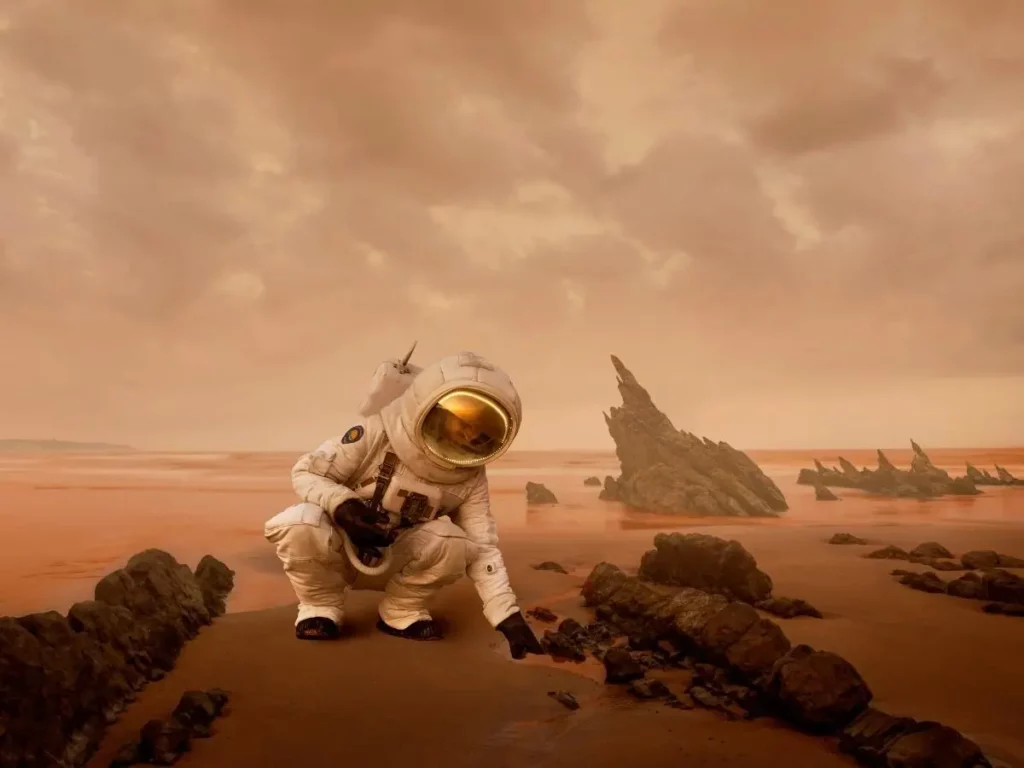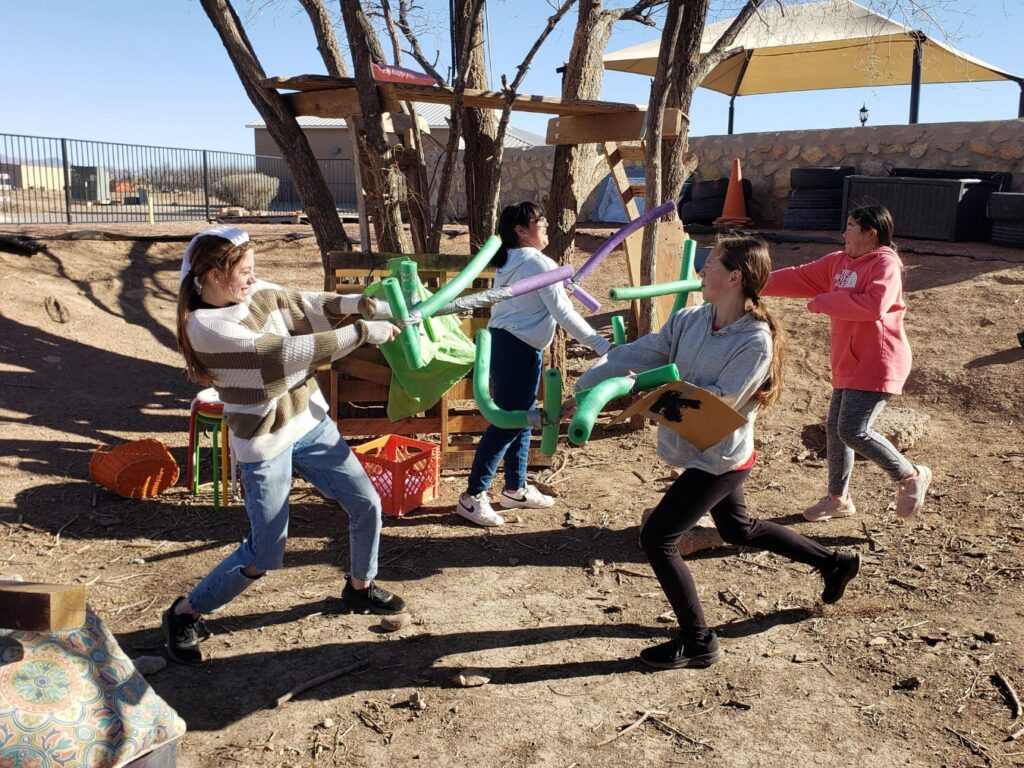Quest Introduction
The Mission to Mars Quest put our Scholars in the role of Mars colony planners as employees of the imaginary company SpaceX. They took on multiple roles, including scientist, designer, and writer, to create a Martian colony that could support some of Earth’s population. The Scholars were also tasked with convincing others to join their colony as marketing experts.
As Mars colony planners, Scholars explored Earth’s animal and human habitats, Mars’s climate and terrain, and elements of successful societies. The Scholars also worked their powers of persuasion by creating convincing arguments to defend their planet as the best Mars design.
The Quest challenged our Scholars to answer the following questions. “Could we live on mars?” “What problems will we face on Mars?” and “How do we convince people to move to mars?”
Eagles developed and fostered a genuine interest in available resources to create the best Martian colony possible.
Exploring Mars
Before our Scholars could fly off to Mars, they needed to develop an understanding of Earth, why it can sustain life, and what makes a society thrive. They studied animals, human life, and habitation and problem solved how to build dwellings and an ecosystem that could support plant and animal life on Mars.
Once our Scholars researched and planned how to survive and thrive on Mars, they needed to figure out how to get there. They watched a brief interview with astronaut Neil Armstrong about space travel and listened to the book Moustronaut Goes to Mars by Marc Kelly, read in space by his brother, Astronaut Dr. Scott Kelly aboard the international space station! Finally, scholars used actual data about Mars from NASA and designed a Mars Rover.
Next, our Scholars examined the social and emotional elements of creating a thriving colony on Mars. They brainstormed about different government styles and created laws, discussed how to handle homesickness, and discussed ways to keep communication between Earth and Mars fluid and timely.
They also had to solve the problems of making the atmosphere breathable, sourcing water, providing leisure and entertainment, and viable transportation within the colony.
The final stage of the Quest included a marketing campaign to encourage Earth citizens to move to Mars. They examined how to make a convincing argument and created enticing advertisements.
Quest Exhibition
The final exhibition of the Quest was a display of work completed over the 8-week course. The Scholars chose pieces of their work that showcased why their Mars colony was habitable and functional and their goals and plans to keep colonists happy long term.
The Mission to Mars Quest allowed scholars to get to know their own planet better and work as a team to solve problems. They developed a deeper understanding of how society functions, what elements are most important to human survival and contentment, and how to apply them in a new setting. They broadened their understanding of space and appreciation for how extraordinary and rare life is within the universe.




